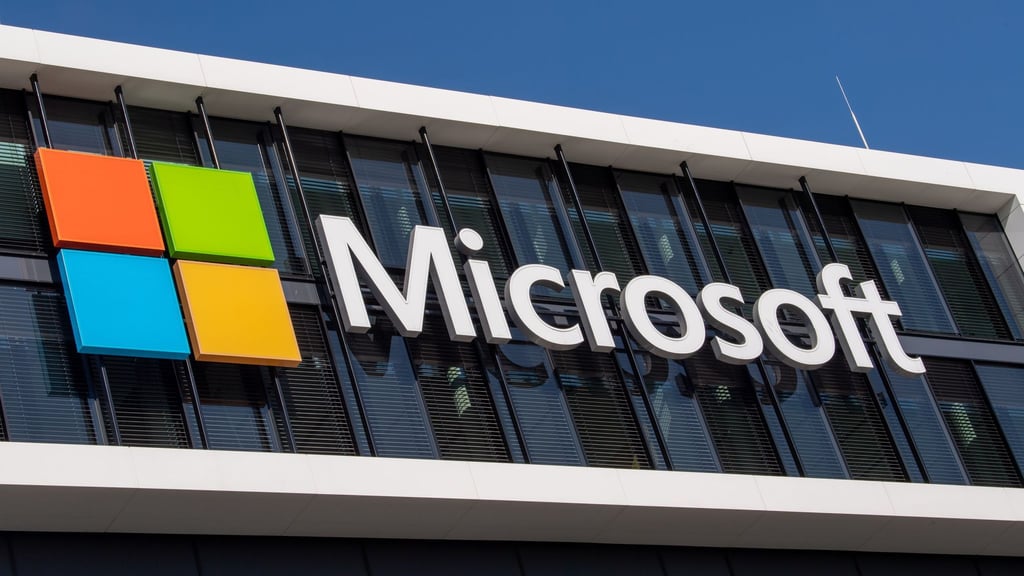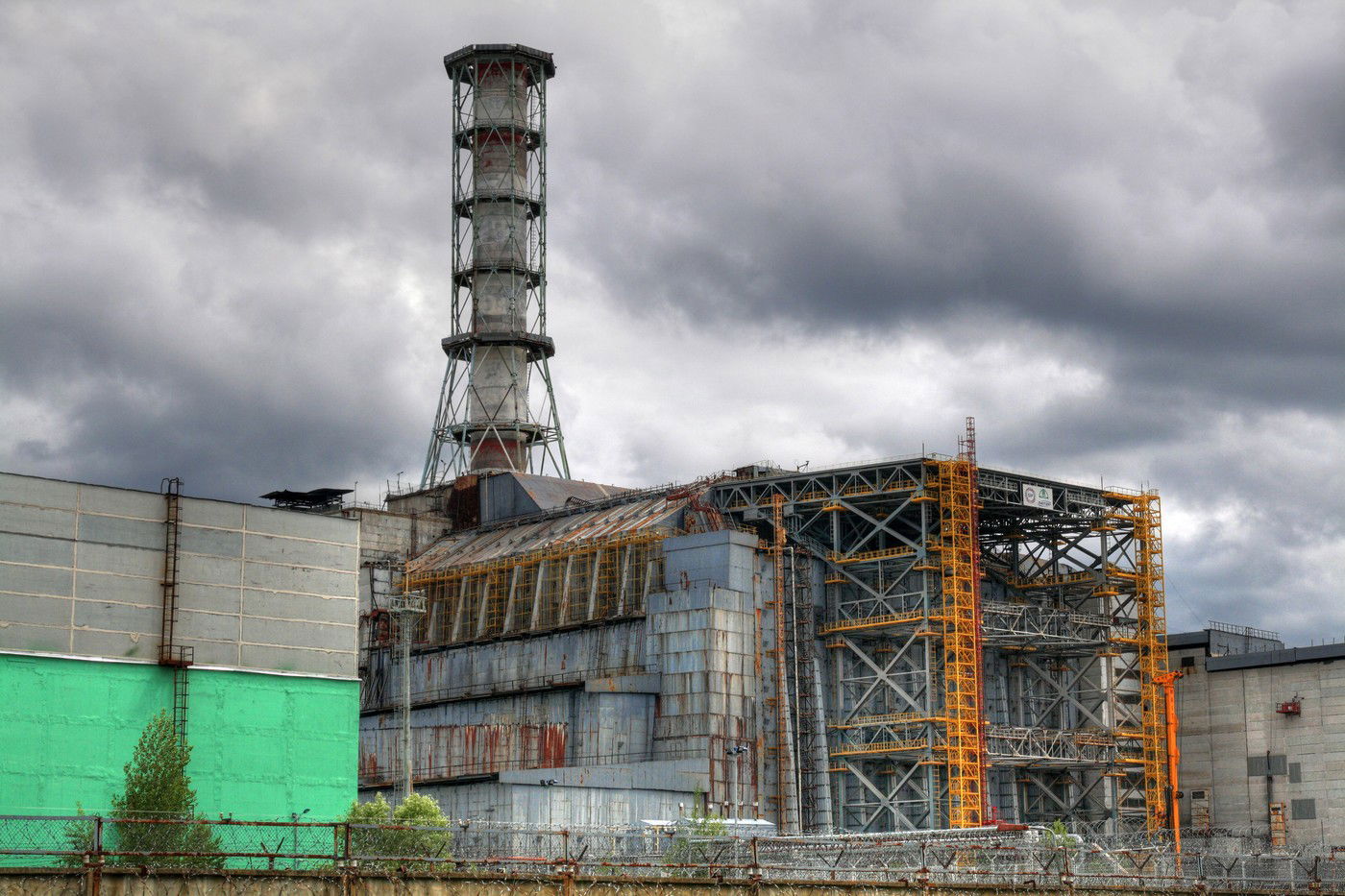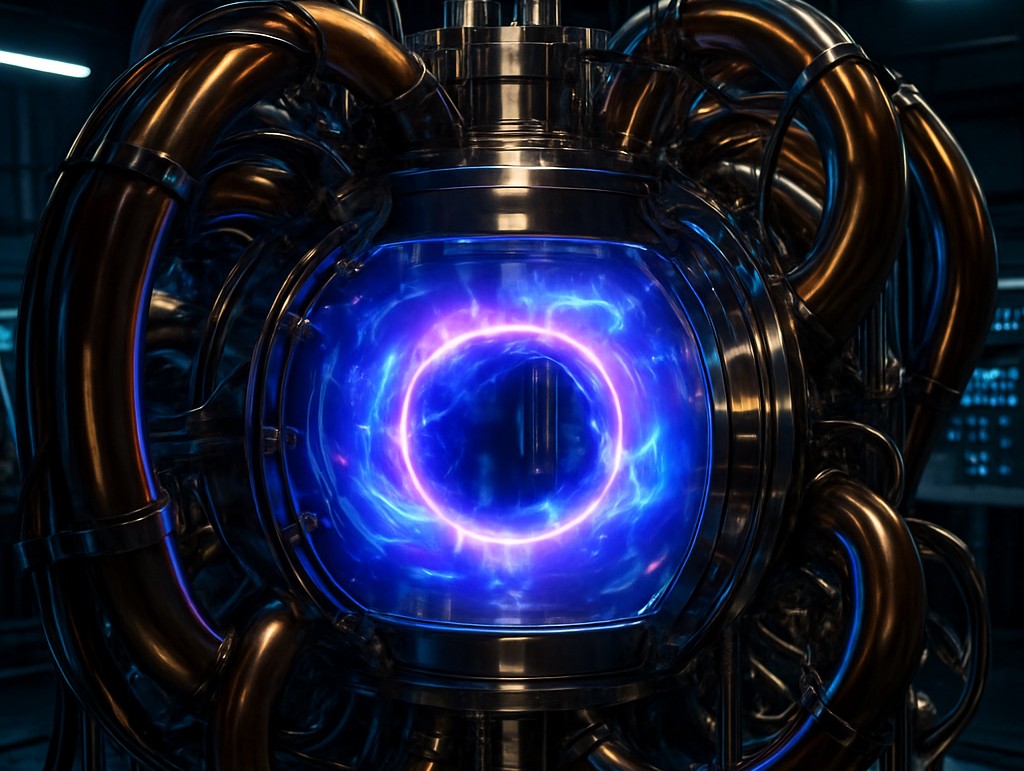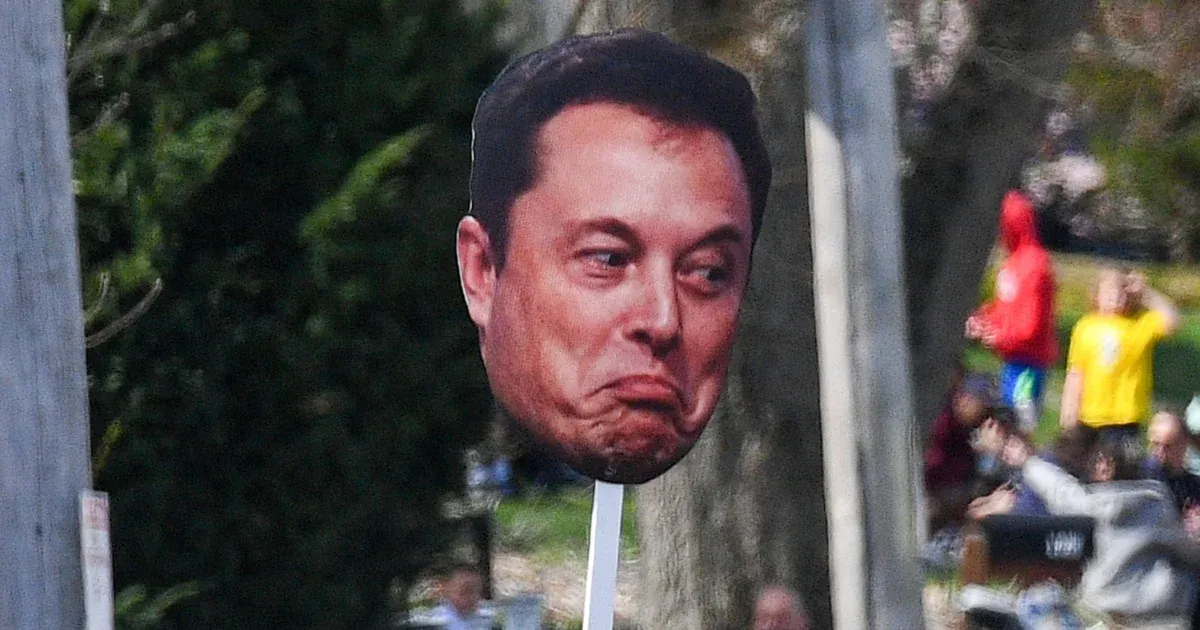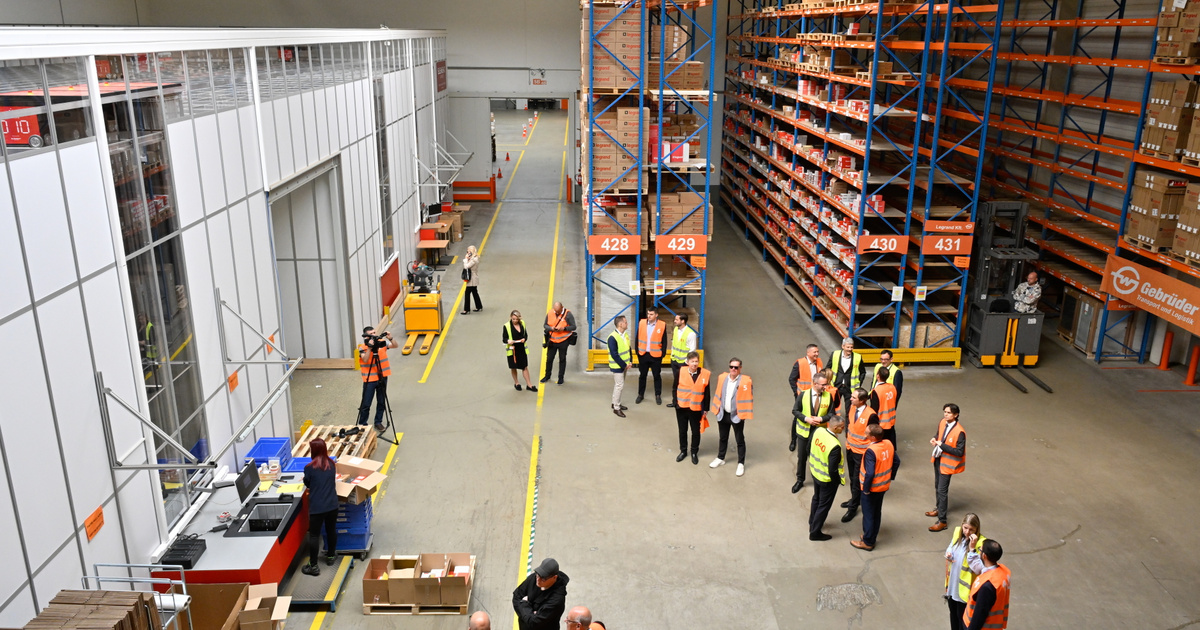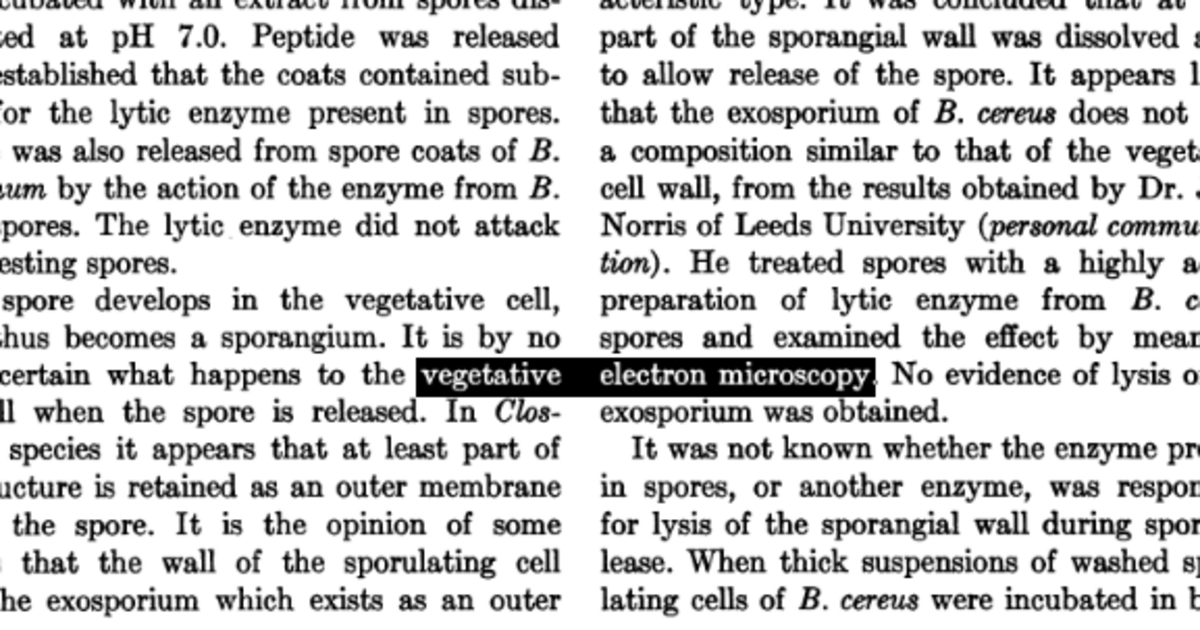According to the current website, NASA will send astronauts to the Moon again in 2025, 53 years after the last Apollo mission. The Artemis-3 mission, which includes accommodation on the new moon, will be preceded by two events: The Orion spacecraft will launch on its first launch aboard the Space Launch System (SLS) (Artemis-1) in May 2022 at Orion is launched aboard (Artemis – 2), which this time reaches the far side of the moon, but after 10 days in space, the astronauts are returned to Earth without being able to enter the moon.
Now, however, we can see an earlier, but no less significant phase of the Artemis program: a super-heavy launcher developed since 2011, the SLS, even taller than the Statue of Liberty in New York, along with the Orion spacecraft starting late on March 17, 2022 its maiden flight from the assembly plant to the launch site of the Kennedy Space Center in Florida. The 6.4-kilometre flight, using a giant tracked transport vehicle, from NASA takes an estimated 6 to 12 hours, which isn’t surprising given the SLS’s 2,500-ton weight.
In the coming weeks, the final round of tests will come, depending on the success of the Artemis-1 mission to the moon in May. Once the missile is installed in the launch pad, the SLS-Orion will undergo another important pre-flight test – scheduled to begin on April 3 and run for about two days. During the main test, the SLS fuel tanks are completely filled with super-cold liquid fuel and liquid oxygen fuel, followed by a simulated start-up countdown, which is stopped a few seconds before the rocket engines start.
NASA’s Spaceflight Channel provides live tracking of the SLS-Orion’s path to the launch site:
What mankind is looking for again on the moon In this article We wrote in more detail.
Related articles on Qubit:





